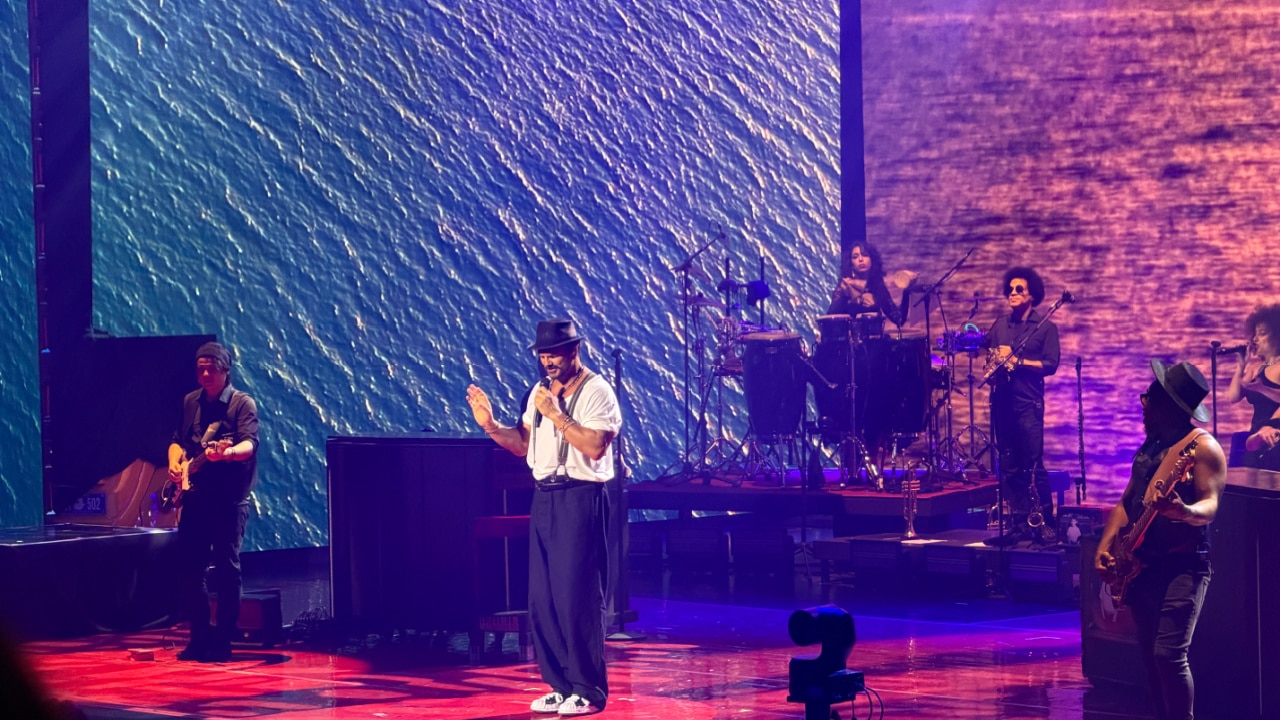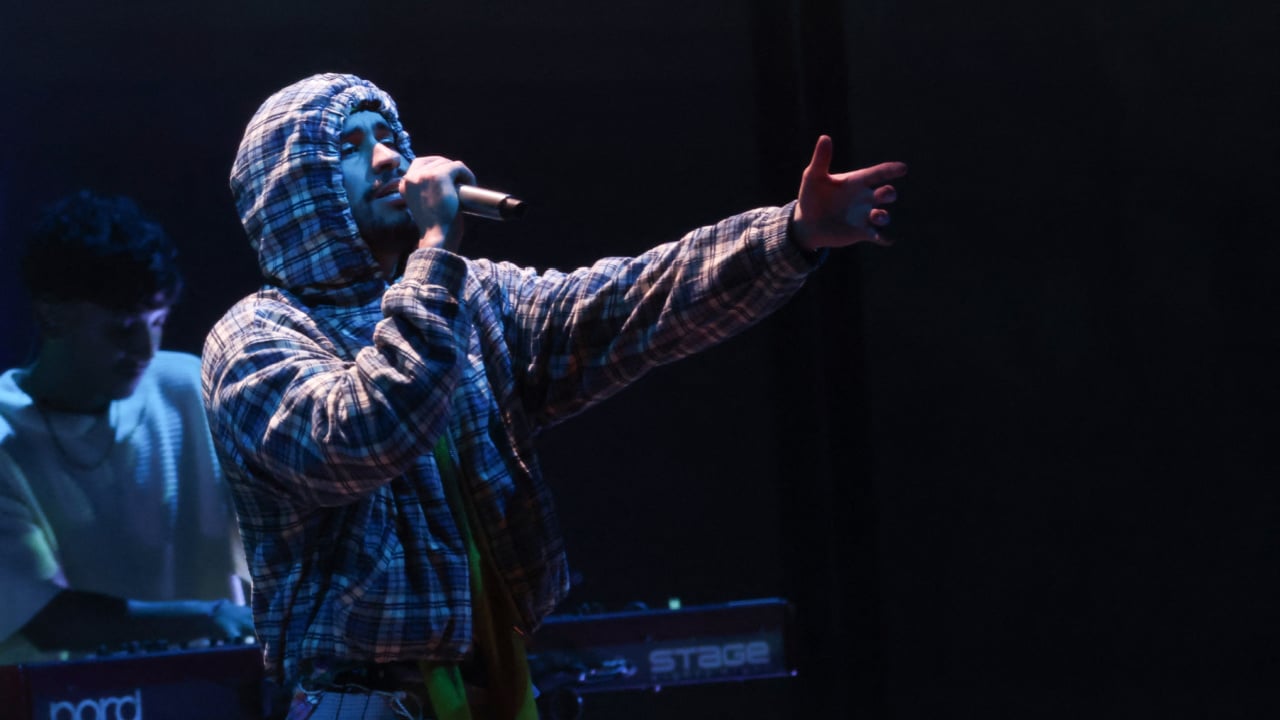Yale Just Announced a Bad Bunny Class — and It’s Filling Up Fast
This fall, Yale students won’t just be studying Shakespeare or the Constitution—they’ll be diving into the world of Benito Antonio Martínez Ocasio, better known as Bad Bunny. And yes, it’s an actual academic course. But before you assume it’s just a fan club with homework, know this: the class offers a deep, critical examination of the Puerto Rican superstar’s political, cultural, and sonic influence.
What the Bad Bunny course at Yale will actually cover
Titled “Bad Bunny: Musical Aesthetics and Politics,” the course is being taught by Yale associate professor Albert Laguna, who specializes in American Studies and Ethnicity, Race & Migration.
According to the Yale Daily News, Laguna was inspired to build the class after listening to Bad Bunny’s latest album, DeBÍ TiRAR MÁS FOToS, on repeat during a trip to New Orleans. “I was taken by how every song opens up avenues of exploration in relation to topics that are important to me,” Laguna told the outlet.
The course will examine Bad Bunny’s music through the lens of Spanish-speaking Caribbean culture, migration, and the Puerto Rican diaspora. It’s more than lyrics and beats—it’s about history, identity, and resistance.
How Bad Bunny’s newest album shaped the Yale syllabus
The class will use DeBÍ TiRAR MÁS FOToS, Bad Bunny’s sixth studio album, as a primary text. The album features a 17-song tracklist, including artists such as RaiNao, Los Pleneros de la Cresta, and Chuwi, and topped the Billboard 200 chart in January.
Professor Laguna highlighted the opening track “NUEVAYoL” as especially pivotal. The song samples El Gran Combo De Puerto Rico’s “Un Verano en Nueva York,” grounding the album in the historical relationship between Puerto Rico and New York.
“You cannot tell the story of Puerto Rico from the 19th century to the present without New York and the movement of people and cultural production back and forth between both places,” Laguna explained.
The Bad Bunny course at Yale takes on colonialism and diaspora
The course doesn’t shy away from the hard stuff. Laguna wants students to confront colonialism, gentrification, and the politics of travel culture embedded in Bad Bunny’s work. He also plans to dig into the genres that shape his music—bomba, plena, salsa, and reggaetón.
“You can ‘hear’ what the mass migration of Puerto Ricans made possible,” Laguna said. “Reggaetón in Puerto Rico cannot be divorced from musical flows in the region. [It’s] inseparable from colonial projects in the Americas, and locally, the politics of policing on the island.”
In other words, this is about more than Bad Bunny’s chart-topping hits. It’s about what they carry.
Students are hyped about the Bad Bunny course at Yale
According to Yale Daily News, 44 students had already registered for the course as of April 21. And for some, the class is deeply personal.
“Bad Bunny’s music got me through middle and high school. And is now getting me through college,” Yale student Juli Martinez ’27 said. “I actually eat, sleep, and breathe his music. I wrote about Bad Bunny in one of the Yale supplemental essays because he’s influenced my life in such a positive way.”
Other students echoed Martinez’s excitement. Aiden Tumminello ’28 described the course as “highly beneficial” for understanding Puerto Rican culture. At the same time, Diego Paz ’27 noted that the course’s presence on campus signals a shift: traditional academia is finally embracing popular culture.




